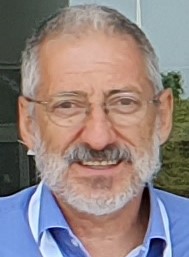
Previous work has shown that the carotid body glomus cells can function as glucose sensors. The activation of these chemoreceptors, and of its afferent nucleus in the brainstem (solitary tract nucleus - STn), induces rapid changes in blood glucose levels and brain glucose retention. Nitric oxide (NO) in STn has been suggested to play a key role in the processing of baroreceptor signaling initiated in the carotid sinus. However, the relationship between changes in NO in STn and carotid body induced glycemic changes has not been studied. Here we investigated in anesthetized rats how changes in brain glucose retention, induced by the local stimulation of carotid body chemoreceptors with sodium cyanide (NaCN), were affected by modulation of NO levels in STn. We found that NO donor sodium nitroprusside (SNP) micro-injected into STn completely blocked the brain glucose retention reflex induced by NaCN chemoreceptor stimulation. In contrast, NOS inhibitor N(ω)-nitro-L-arginine methyl ester (L-NAME) increased brain glucose retention reflex compared to controls or to SNP rats. Interestingly, carotid body stimulation doubled the expression of nNOS in STn, but had no effect in iNOS. NO in STn could function to terminate brain glucose retention induced by carotid body stimulation. The work indicates that NO and STn play key roles in the regulation of brain glucose retention. Copyright © 2011 Elsevier Inc. All rights reserved.









